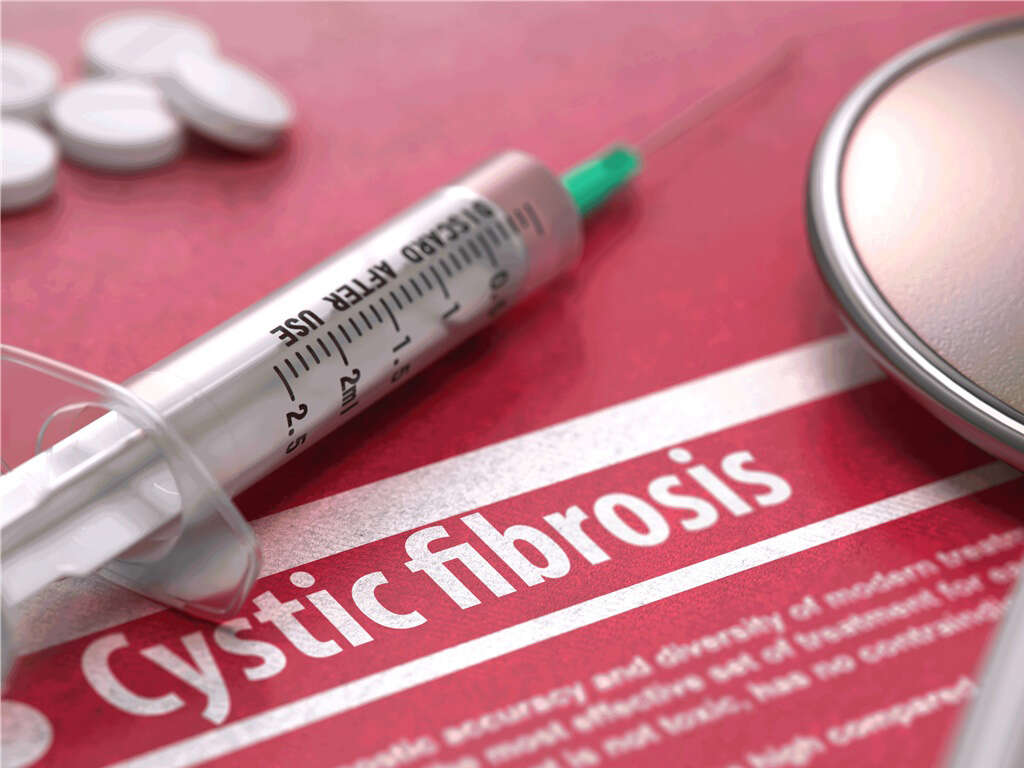What Is Pulmonary Fibrosis?
Our lungs do an essential job for us. They allow us to absorb oxygen from the air and oxygen is essential for our survival. This means that we should take very good care of our lungs, and plenty of exercise is one of the best ways to do that. We should also try and avoid activities that might do our lungs harm.
Pulmonary fibrosis is a condition that can seriously impact our lungs’ ability to do their job. This can have quite an effect on the patient’s quality of life, while it can also be dangerous in some situations. There are several potential causes of the condition, and a number of unwelcome symptoms.
1. Pulmonary Fibrosis
The alveoli within our lungs are quite delicate. That is usually just fine because they are tucked away deep inside the body where they are relatively safe. That does not mean to say that they are completely safe, however, and these tissues can become damaged in the wrong circumstances.
Damage to these tissues will cause scarring, and this will cause them to become thicker. This, in turn, can make it harder for the lungs to absorb oxygen, making it harder for the patient to breathe. The condition will start so mild that it’s barely noticeable, and develop into something that’s very noticeable indeed.
2. Environmental Factors
One of the main causes of pulmonary fibrosis is the inhalation of unwelcome particles that can cause damage to the lungs, even at the cellular level. Among the best known of these is asbestos, which causes microscopic to irritate and inflame the lungs.
This also causes damage that can result in pulmonary fibrosis. Asbestos was banned for this very reason, but there are other factors that can cause similar problems. This includes silica dust, grain dust, coal dust, and the dust of hard metals. People that work around animals may also develop problems by inhaling particles from animal droppings.

3. Medical Conditions
In many cases, pulmonary fibrosis is caused by an underlying medical condition. This includes relatively common conditions like pneumonia. This is an inflammation and swelling of the lung’s tissues that has been caused by an infection. Bacteria is usually the cause of the infection, but this is not always the case.
Pneumonia can be dangerous in the short term, while it can also cause long term health problems. One of these includes pulmonary fibrosis. Other medical conditions that can lead to pulmonary fibrosis include polymyositis, rheumatoid arthritis, scleroderma, sarcoidosis, and dermatomyositis. Having such conditions treated where possible can significantly reduce the chances of pulmonary fibrosis developing.
4. Medication
Drugs can be incredibly beneficial for our health. In many cases, they can even save our lives outright in addition to enhance the quality of our lives. Despite all the good that they can do, however, drugs are also not without their downsides. One of which is the side effects that some can cause. Some drugs can result in damage if the tissues lining the lungs.
These include some anti-inflammatory drugs and some antibiotics. Some drugs that are used to treat heart conditions can also cause pulmonary fibrosis, as can some chemotherapy medication. It is a good idea to let your doctor know of any respiratory problems you might have when they are prescribing medication for you.

5. Radiation Treatment
If you have cancer, and depending on the type of cancer you have, you might need to undergo radiation treatment. This treatment involves bathing an area of the body with radiation, and this radiation can help to kill cancer cells. While it can be an effective way of treating cancer, it is not without its downsides.
In damaging cancerous cells, radiation treatment can also damage our body’s healthy cells. This can lead to a number of problems, one of which is pulmonary fibrosis. Medical experts will need to weigh up the potential risks with the potential gains when deciding to go ahead with conditions like radiation treatment.
6. Dyspnea
Pulmonary fibrosis makes it harder for the patient to absorb oxygen, so the main symptom of the condition is dyspnea. This is the medical term for having a shortness of breath. It is likely to be barely noticeable to begin with, but patients can have severe breathing difficulties if the condition progresses significantly.
Pulmonary fibrosis can also cause the patient to develop a dry cough as the hardened tissue irritates the lungs. It can also cause fatigue, which is prolonged tiredness and lack of energy regardless of rest. This is partly because the body has less of the oxygen it needs to generate its own energy.

7. Clubbing
Clubbing is a condition that causes the ends of the fingers and toes to become wider and flatter at the nail. This can be caused by a number of medical conditions, one of which is pulmonary fibrosis. It cannot be treated but it is also not dangerous in itself, although the underlying cause might be very dangerous indeed.
Depending on the underlying cause, the patient might also experience aches and pains in their joints and muscles. Some patients may also begin to lose weight for no apparent reason. Sudden and rapid weight loss should always grab your attention if there appears to be no explanation for it.
8. Complications
In addition to the symptoms mentioned already, pulmonary fibrosis can also go on to cause some other health issues. This includes some heart conditions, and a high blood pressure can develop in the lungs. Heart failure can also occur as the heart receives less oxygen and finds it more difficult to pump blood through the narrowed passage ways of the lungs.
The continued damage to the lung’s tissues can also increase the chances of lung cancer developing, which is obviously a very serious condition indeed. Pulmonary fibrosis can also lead to respiratory failure, which presents a very real and direct threat to the patient’s life.

9. Risk Factors
While pulmonary fibrosis can affect anybody, it is more likely to be found in some people than others. For example, it is more likely to affect people in their middles ages, and the elderly, although it does sometimes occur in very young children. It is also more likely to affect men than it is women.
A patient is also more likely to develop the condition if there is a history of it in their family. People that are in occupations that leave them exposed to smoke, chemicals, and other dangers are also at a higher risk. People that smoke are also at a higher risk; this is directly, and because it can increase the likelihood, they will need cancer treatment.
10. Treatment
Pulmonary fibrosis cannot be reversed, meaning the patient will have it for the remainder of their lives. Still, measures can be taken to help ensure the condition doesn’t get worse and many patients will have relatively straight forward lives as a result.
When necessary, treatment is available to at least help make the patient more comfortable, enhancing the quality of their life. In severe cases where the patient’s life is at risk, a lung transplant may be the best option. Remember, prevention is always the best cure, so try and take steps to keep you as safe from pulmonary fibrosis and other medical conditions as possible.










